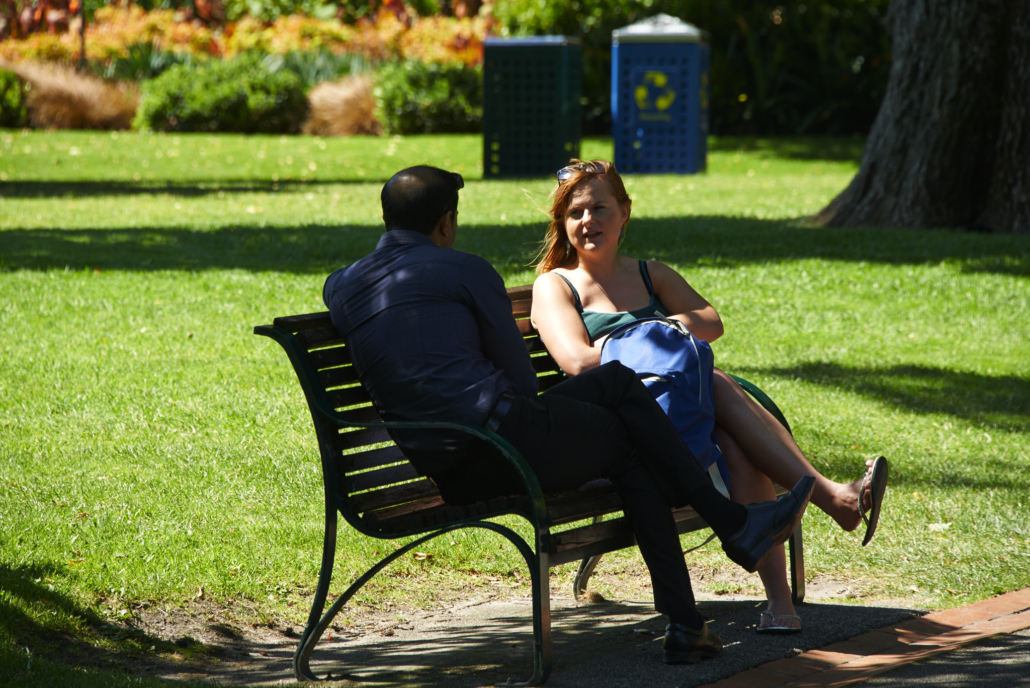How the Australian government is reducing domestic violence

The Australian government is reducing domestic violence through laws and policies, which is also good for reducing poverty. Here is some information about the link between domestic violence and poverty, in addition to how Australia is attempting to alleviate the issues.
The Link Between Domestic Violence and Poverty
Julie Henson told the Indianapolis Recorder that “the lower the income, the higher prevalence for abuse. Poverty can be a cause of domestic violence, and domestic violence can be a cause for poverty.”
For women who are victims of domestic violence, countercurrents.org explained that attempting to leave an abusive situation may lead to the victim losing her “job, housing, health care, child care, or access to her partner’s income.”
About 97% of domestic abuse victims also experience economic abuse, which is when the perpetrator will exploit the victim’s finances. When the victim leaves, economic abuse often increases, leaving them at risk of sinking further into poverty.
Reducing Domestic Violence in Australia
According to the Australian Institute of Health and Welfare, 17% of women and 6% of men experience physical and/or sexual violence. Additionally, one in four women and one in six men experience emotional abuse.
The International Monetary Fund (IMF) explains that domestic abuse laws can have a powerful impact to discourage abusers, protect victims and improve women’s employment. Here are some ways the Australian government is reducing domestic violence.
Ways the Australian Government is Reducing Domestic Violence
- The Family Violence Act. Australia passed this Act in 2011, which is aiming to improve the law’s response to family violence and is still undergoing revisions today. It emphasizes children’s well-being and maintaining a good relationship with both parents. The Act defines what constitutes abuse, including emotional abuse as part of the definition. It also improves court proceedings by ensuring access to evidence and making it easier for child protective services to be part of the process.
- The National Plan to Reduce Violence against Women and their Children. This plan includes measures to decrease the number of deaths due to domestic violence and sexual assault and reduce the number of children who witness violence at home. The plan aims to accomplish its goals mainly by educating the public and improving the way media outlets cover the topic of violence. This plan has been in effect since 2010 and is still active to this day.
- Banning Domestic Abusers From Entering the Country. Another way the Australian government is reducing domestic violence is by sending a message to abusers that they are not welcome in their country. In 2019, Australia banned those convicted of domestic violence from visiting or moving to the country. Australia can even force abusers already living in the country out. While this may keep Australia safer, New Zealand criticized this policy, claiming that it just perpetuates the cycle of abuse in other countries.
- The Coercive Control Bill. Coercive control is when abusers continuously deny victims of their independence. In 2021, the Australian government proposed a bill to criminalize these actions, proposing a jail sentence of up to seven years. If passed, the bill could reduce domestic murders, as coercive control is often a warning sign for this. To comment on how the Australian government is reducing domestic violence, The Borgen Project spoke with Rosemary O’Malley, CEO of the Domestic Violence Prevention Centre (DVPC) in Queensland. O’Malley stated that the Coercive Control legislation is “expected to be rolled out sometime next year” in Queensland.
The National Domestic Violence Order (DVO)
The Victorian Royal Commission into Family Violence
Other ways that O’Malley said that Australia is reducing domestic violence include the Victorian Royal Commission into Family Violence in 2015, the 2015 Not Now Not Ever Report and a current “national curriculum called Respectful Relationships which is being rolled out from Years 1-12.”
She elaborated that the Victorian Royal Commission into Family Violence has “driven policy change and significant increases in funding in that State” and that the Not Now, Not Ever Report has “led to Specialist DV Courts and High Risk Teams being established around the State.”
– Ava Ronning
Photo: Flickr
